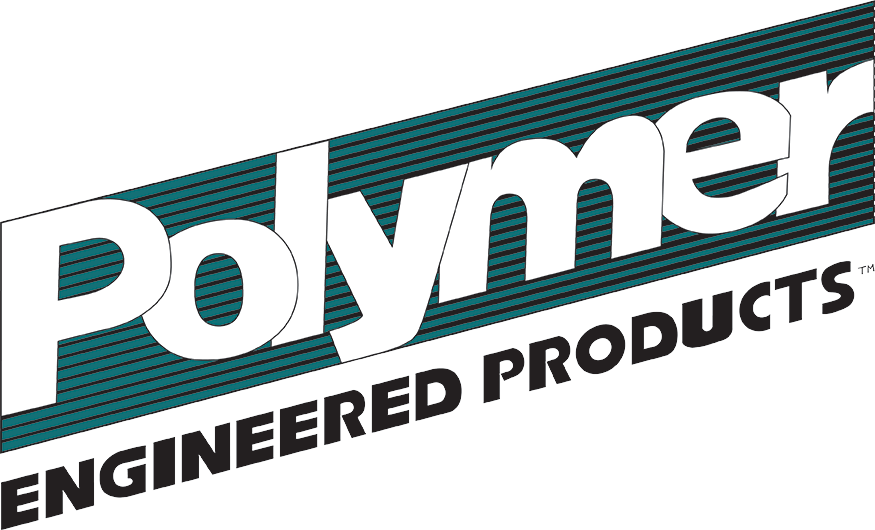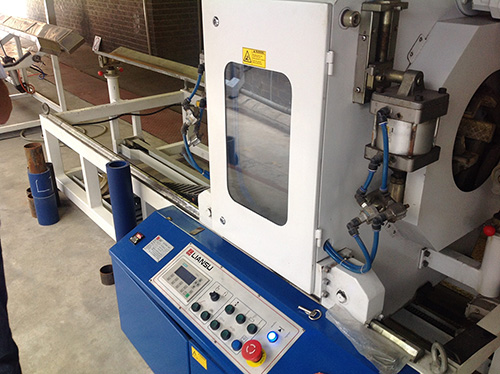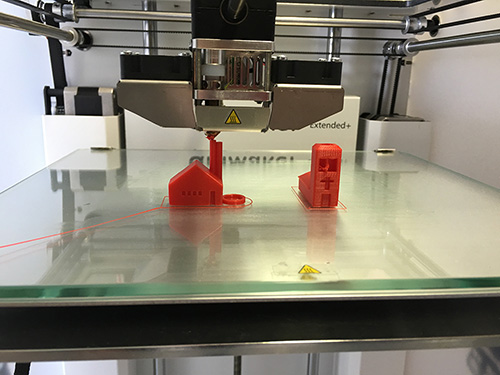When it comes to manufacturing a new product or part, you have a variety of options to choose from. Injection molding, 3D printing, and extrusion molding are your three primary options for plastic product manufacturing, but for most businesses, injection molding is the best choice when it comes to cost savings.
Extrusion Molding vs Injection Molding
The essential difference between these two processes is extrusion molding can only be used for 2D product manufacturing, whereas injection molding is commonly used for 3D product manufacturing. Extrusion molding is a commonly used process for pipes and tubes because it is only applicable for seamless product manufacturing. Extrusion molding also produces weaker product parts when compared to injection molding parts.
Although injection molding is a more expensive process, it offers the ability to create more complex parts and products that are stronger and more resistant, ultimately saving cost in the long run.
3D Printing vs Injection Molding
If you’ve said “no” to extrusion molding, your next option to consider is 3D printing. 3D printing may be a good option for some small businesses, but there are some factors you need to consider first.
3D printing is not suitable for large product runs because the technology does not print fast enough to keep up with the efficiency of injection molding. Your investment in 3D printing will be cheaper than injection molding because you can purchase a decent 3D printer for less than one thousand dollars in many cases. 3D printing can also be an ideal product manufacturing process for products requiring complex geometry.
However, injection molding can produce small and large product runs more efficiently and quickly, creates longer lasting and stronger products, and has a wider range of materials that can be used.
Our Recommendation
At Polymer Engineered Products, we strive to put our customers first through every stage of the product manufacturing process. Our goal is to provide the best and most cost-effective service possible. If you’re unsure where to start, we recommend creating a five year plan when you’re going to market with a new product to help with future injection molding cost savings.
To help you save some money right off the bat, you can 3D print a small, first run of products (about 100-200 products). 3D printing can be a great method to help you work out the particulars of your product design and make sure all your individual pieces fit together, but it is not ideal for large product runs because 3D printers can produce slight variations. Once you need to start manufacturing large product runs, then it’s time to switch to injection molding.
For many small businesses, purchasing an expensive injection mold is a major drawback. However, once the injection mold is created, it has a long lifespan and can be used to create tens of thousands, if not millions, of identical products. We also offer injection mold storage and maintenance services at our secure facility so you don’t have to worry about keeping track of your molds; they are there when you need them.
Unlike 3D printing and extrusion molding, injection molding can utilize a wide variety of polymer resins and combine them with other elements to produce stronger, more resistant, and durable products. It may be more expensive up front, but you need to consider the injection molding cost savings in the long run with its ability to produce consistent, high quality parts for years to come.
Want to learn more about injection molding cost savings? Contact a team member today!


